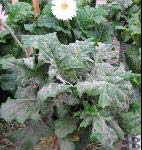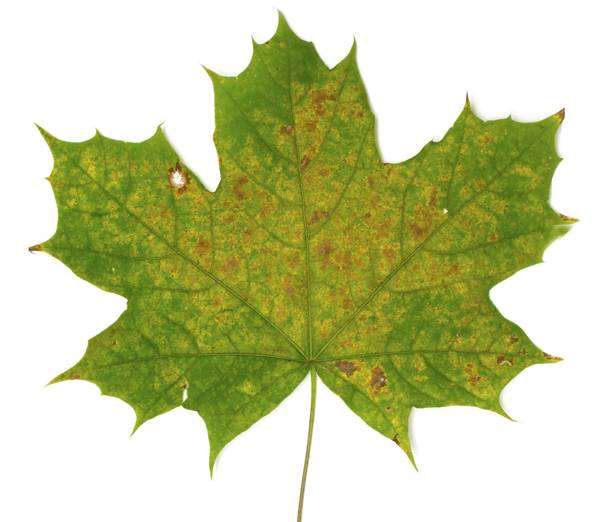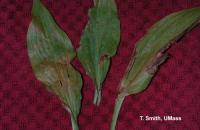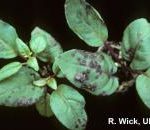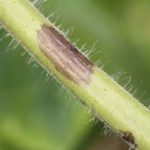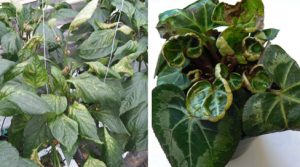Diseases and Pests of Plants
Plants are living organisms. Plants are nurtured during their life cycle with great care. However, there are adverse factors to their growth such as inclement weather, improper soil, water and then there are Diseases and Pests of Plants. Other things being out of control of farmers, we discuss some common Diseases and Pests of Plants and how to identify them.
Diseases
Diseases are spread by Fungi and by Virus.
Fungi are microorganisms, very small can only be seen through a microscope. Fungi consist of membrane bound nucleus and no chlorophyll with rigid cell walls. The fungi is partly in the organism it is growing on and partly out side in air. When it is on a living plant, a disease results. Fungi produce spores which can carry the infection from plant to plant. Fungi attacks require high moisture and right air temperature, common during wet, humid seasons. A number of diseases due to the infections occur which we discuss below.
Virus bacteria are single cell microscopic organism. Bacteria is carried from plant to plant by wind, rain, insects, machinery, human – there are any number of transportation.
The diseases occur primarily on the leaves, but some are specific to the stems or the fruits. The disease is usually controlled with fungicides, bactericides and resistant varieties.
While looking for disease, a farmer would need to rely on his experience as differences between some diseases is not very clear cut and there could be names other than given below. This some times turns out confusing; however, there are a fungicides available which will be equally good against a number of diseases so that could mitigate any confusion.
Some of these are described below.
Powdery Mildew:
The fungi which causes powdery mildew can do so only on living tissue. Powdery mildew reproduces very fast by spores spread by air currents and water splash and can easily become an epidemic if not quickly controlled. It is easy to identify since white spots appear on the upper and lower surfaces of the leaves and if you touch the leaf it feels as if it is powdered. High humidity and moderate temperatures contribute to this mildew.
 Downy Mildew:
Downy Mildew:
This disease usually causes the most damage on cucumber, squash gourd and melon family than any other crop. Yellow spots appear between the veins on the leaves and the entire leaf could turn out yellow. Very unhealthy for plants which could die if not controlled in time.
Rust:
Attacks usually ornamental and fruit tree leaves. In this disease dry, reddish orange spores are created on the underside of the leaves. The affected leaves need to be burnt.
Damping Off:
It is a bacterial disease which affect seedlings as they emerge. Wet, poorly drained and cool soils contribute to spread of this disease.
Black Spot:
This is a fungal disease appearing on rose leaves as small dark circles. Leaves affected turn yellow and fall off from the plant and turns the plant weak.
 Alternaria Leaf Spot:
Alternaria Leaf Spot:
Brown specks form on florets and the leaves. Centers become white on the leaf spot.
Small to large spots are circular at first in the beginning. If left, the spots may become irregular brown black spots. Warm weather and heavy rains can cause this or even overhead watering can also contribute to this disease.
Botrytis Blight:
This is more dangerous than the leaf spots. There are many brown black spots and leaves turn yellow and die. Stems at soil level die.
Phytophthora Crown Rot:
There is sudden wilting of the plants in this disease. Leaves turn brownish and the roots are rotted and a rot develops on the crown of the plant.
PESTS
MITES:
Mites are a different variety from insects and arachnids like spiders and ticks and have four pair of legs. Mites are tiny animals about 0.3 mm long. Normal insecticides do not kill them. Miticides only are able to control and kill them. Mites like hot dry conditions and also attack stressed plants. This condition can happen twice in a year – in winter when blowers are giving hot air and humidity level is less due to less watering and then in summer. Keep plants wet and lower temperature to control mite infestation. Early spotting is difficult but an eye can be kept on the underside of the leaves to see if any silken strand is strung along the mid rib of the leaf.
Damage: these infest the lower side of the leaf surface and suck the plant juices. Cause flowers to shrivel or discolored. The leaf will crinkle, pucker and curl and the underside would be brownish reddish like clay. Mite damage starts from bottom and goes up the plant. A hand lens can be used to see the mites and their webs.
Aphids:
Aphids are small in length 2 to 3 mm; soft body insects with long legs and antennae. Cornicles protrude from posteriors end. Color mostly green but can be grey, black, red and yellow. There are a large variety of aphids. Aphids can reproduce both sexually or asexually. They multiply very fast in green houses over a 20 day period. Mostly they are wingless but some variety has wings also.
Damage due to aphids: aphids pierce plant tissues with their mouth and suck out sap causing deformed leaves and flowers. They leave a sticky mould which develops into a black sooty fungus surface of the leaves as shown. Plant virus diseases can be transmitted.
Monitor: visually for sooty mould and by yellow sticky cards.
WHITE FLY:
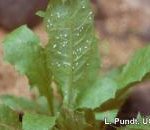
Damage: is somewhat similar to that by aphids black sooty fungus of leaves. White flies damage crops by reducing their vigor, facilitating growth of sooty mould on leaves and fruits, transmitting viral diseases, and by reducing crop quality by their visible presence.
LEAF MINERS:
The adult leaf miner is approximately 3 mm long with black and yellow markings on the head and thorax. Becomes active at sunrise. Females feed on soft succulent leaves by piercing the surface. The leaf wounds made in this way are easily visible in the leaf.
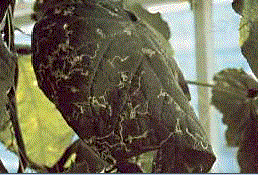
THRIPS:
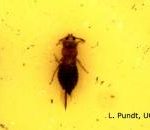
Damages:
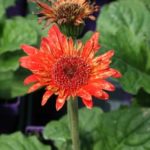
CATERPILLAR:
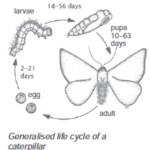
Damage:
Caterpillar chew on foliage, tender stems, buds and flowers. Leaves are left ragged, holes in leaves, buds and stems. They also hide inside the buds of flowers. For poly houses, it is good practice to keep doors and nets closed all time and not allow moths to enter.
BEETLES:
Adults emerge from the soil in early July feed mate and lay eggs. Activity is most intense over a 6 to 8 weeks after which the beetles slowly slowly die. In the mean time females have lay their eggs in soil. These grubs move deeper into soil during winter and would begin to emerge by May. Best time to use insecticide is from July – September with soil spread granular insecticides.
Damage:
Extensive damage is caused by beetles when adult they chew on the foliage and grubs feed on the roots of the plants. Unless checked immediately great loss of plants occurs.
